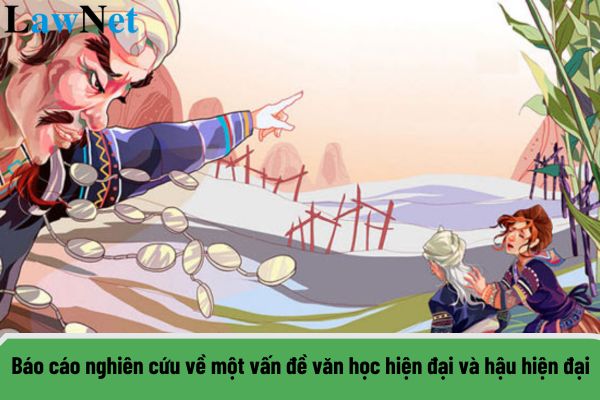|
RESEARCH REPORT: "VỢ CHỒNG A PHỦ" BY TO HOAI – A TALE OF LOVE, LIBERATION, AND THE RIGHT TO LIVE
I. Introduction to the work
"Vợ chồng A Phủ" is one of the representative works by the author To Hoai, created in 1952, during the period when the country had just gained independence after the war and was building a socialist foundation. The work is written in the genre of short stories, with profound content reflecting the humanistic values of people in Northwestern society during the early days of revolutionary life.
With this work, To Hoai not only sketches a vivid picture of the lives of mountain people but also reflects the struggles between evil and good, between the old and the new, especially the bleak lives of women in feudal society.
II. Content of the work
The story "Vợ chồng A Phủ" revolves around two main characters: Mi and A Phu. Mi is a beautiful H'mong girl, but because of poverty and backward customs, she is sold as a wife to a wealthy man, Ho Mi, an influential figure in the village. Mi lives under oppression, suffering, without freedom, forced to work day and night, without the right to decide her own life. Mi's dark life makes her become passive, nearly losing all hope for the future.
A Phu, a poor young man, is also a victim of feudal society. He is caught and turned into a slave for the village chief's family, enduring a life of no freedom. However, when Mi and A Phu meet, they start to develop feelings of love. Love and the desire for freedom help them overcome difficulties and oppression. After Mi is beaten for running away, A Phu saves her, and together they escape from the oppression of the village chief's family. They are determined to start a new, freer life.
III. Analysis of the theme and message of the work
Oppression and darkness of feudal society: To Hoai vividly portrays the dark, poor, and harsh life that mountain people, especially women, have to endure in feudal society. Both Mi and A Phu are victims of an unjust society, where the rights of the poor are trampled upon, and women are seen as property to be bought and sold. However, the work also shows the struggle and resistance of poor people in their quest for freedom and happiness.
Desire for freedom and love: A major message of the work is that the desire for freedom and love is a driving force that helps people overcome adversity. Mi, although oppressed for many years, is awakened by love and the desire to live freely. The relationship between Mi and A Phu is not only romantic love but also the bond between people of similar circumstances, both suffering hardships. It is this love that gives them the strength to overcome social oppression.
Liberation and revolution: The work "Vợ chồng A Phủ" also reflects the process of liberating people from poor, backward living conditions. The act of escaping by Mi and A Phu is not only a personal liberation but also a revolutionary act, symbolizing the liberation of people from the shackles of feudal society. Their love and revolutionary actions are a call for a fairer society, where everyone has the right to live and love freely.
IV. Artistic analysis in the work
Rich and emotional language: To Hoai uses rich, accessible language, evoking deep emotions in the reader's heart. The descriptions of the landscape and people of the Northwest such as "the smell of rain, the smell of the forest, the smell of smoke, the smell of earth" are very realistic and lively, helping readers vividly visualize the lives of the characters in the work.
Character depiction: Characters Mi and A Phu are animatedly crafted, with very distinct characteristics. Mi, from a happy girl, becomes a victim of feudal society, but eventually finds the light at the end of the road. A Phu, with his resilient personality, helps Mi awaken, bringing her new hope for freedom and love.
Tight and logical structure: The story has a clear and coherent structure, with situations and conflicts developed logically. The story begins with details describing Mi's life, followed by the encounter and love between Mi and A Phu, and finally their liberating actions and their happy ending. This structure makes the story not only engaging but also accessible and easy to understand for readers.
V. Conclusion
"Vợ chồng A Phủ" is a distinctive work by To Hoai, deeply reflecting the lives of mountain people and social issues during the feudal era. From the story of Mi and A Phu, the work conveys messages about the desire for freedom, love, and the liberation of people from oppression. To Hoai employs simple yet rich imagery, along with artful character building and tight story structure, to highlight the profound humanistic and social values of the work. From that, "Vợ chồng A Phủ" is not only a good literary work but also a lesson in resilience, love, and the desire to live under any circumstance.
This report delves into the main themes of the work "Vợ chồng A Phủ" and evaluates the art expressed through language, structure, as well as character depiction. This work is not only a love story but also a great lesson on life, struggle, and the liberation of people from oppression.
|


